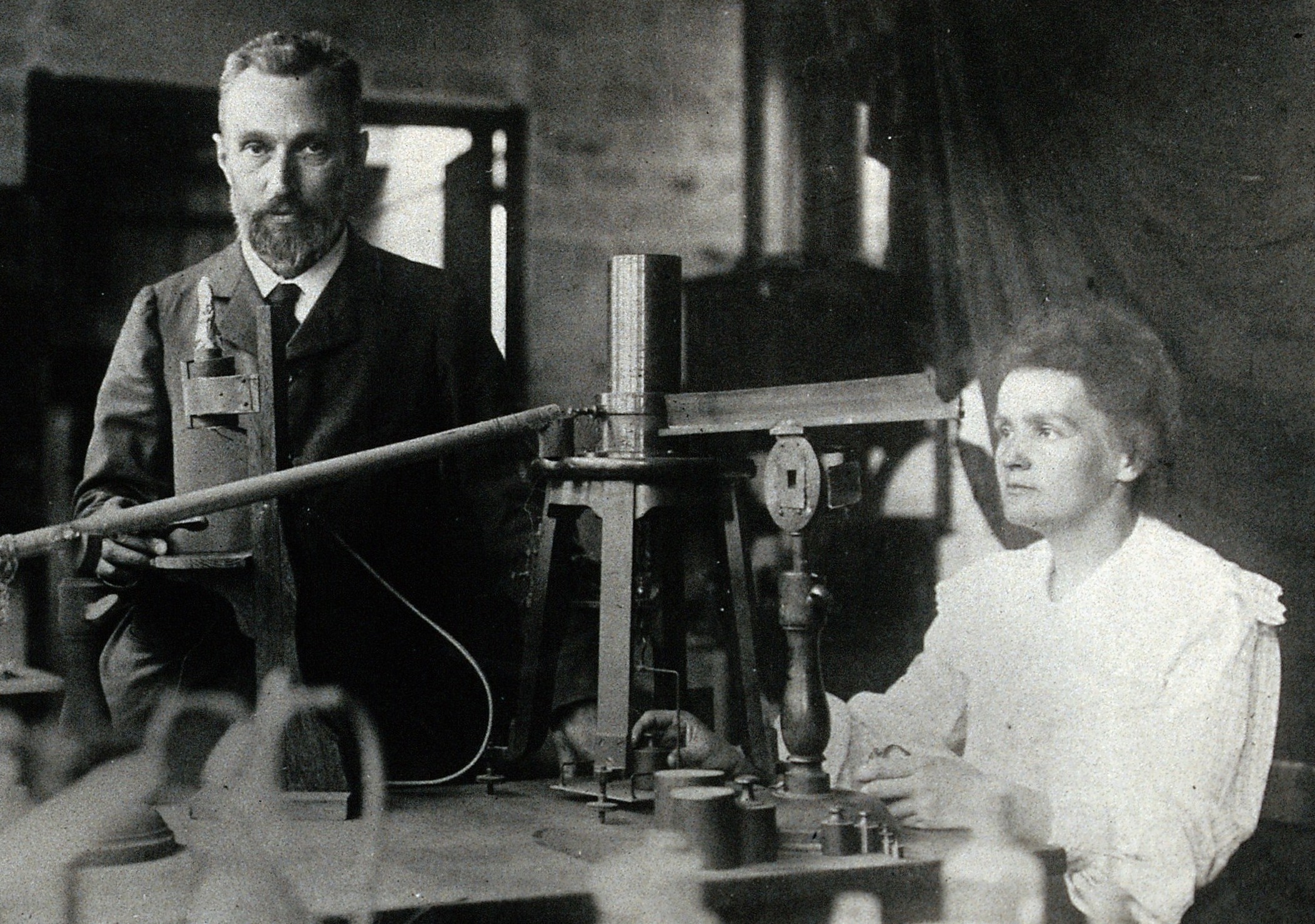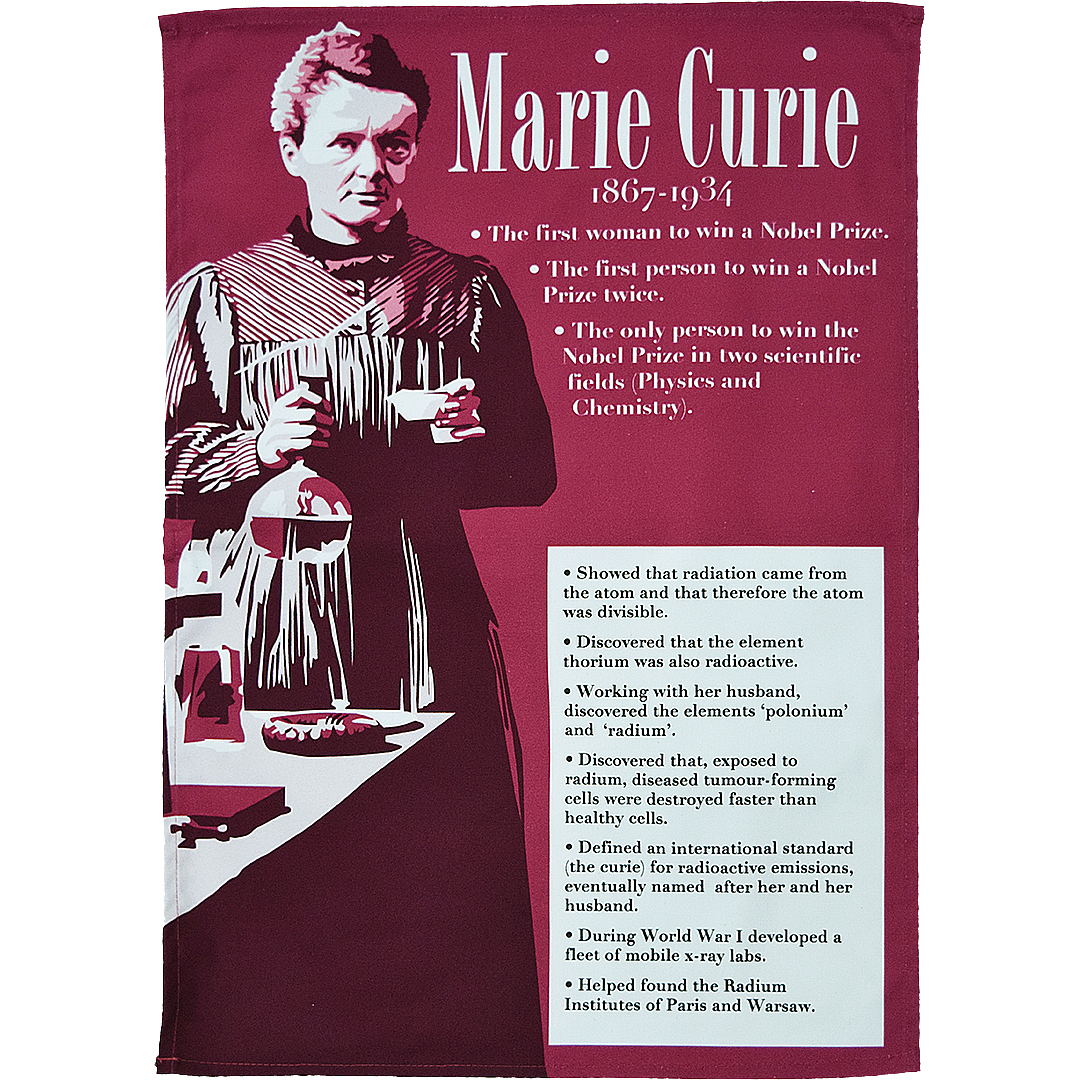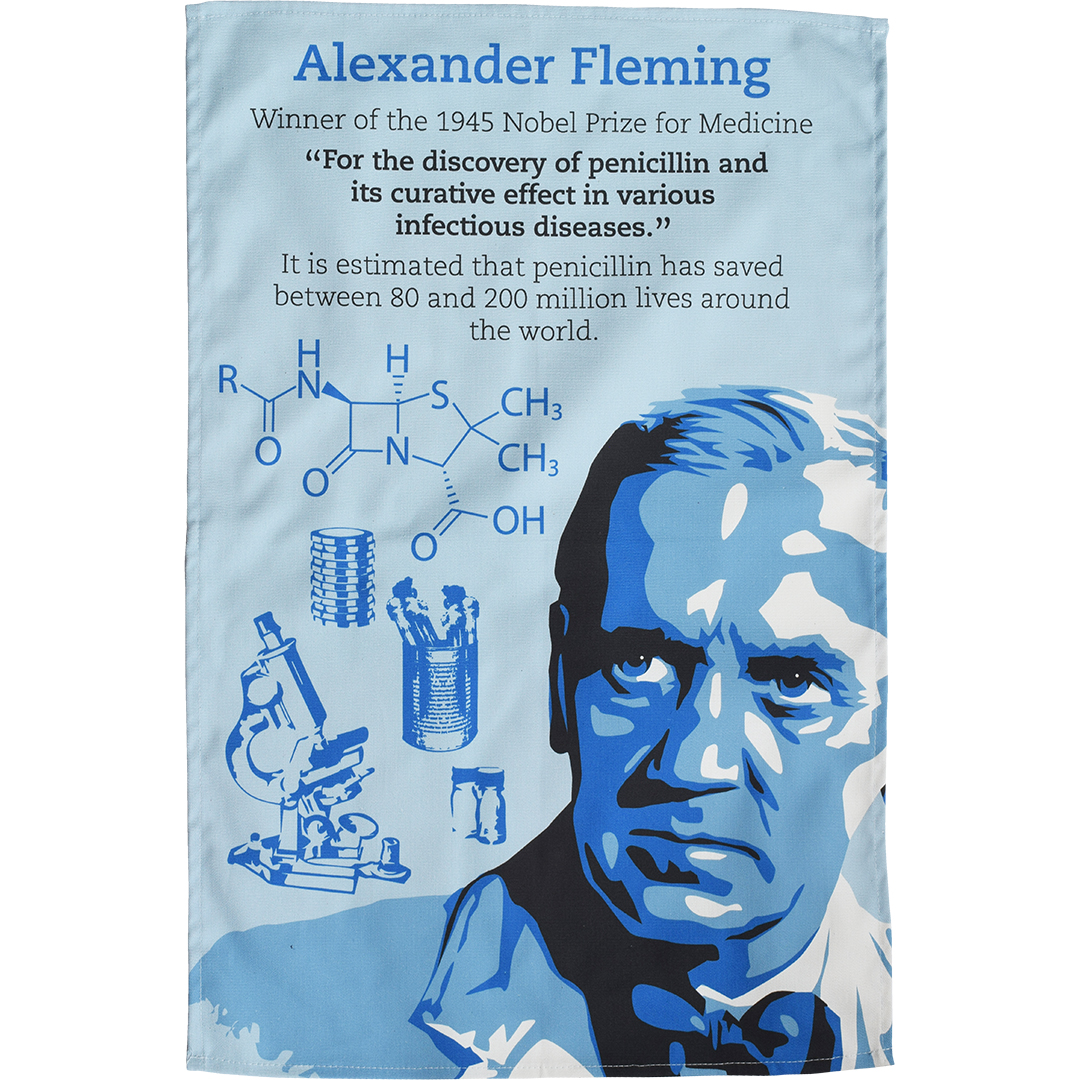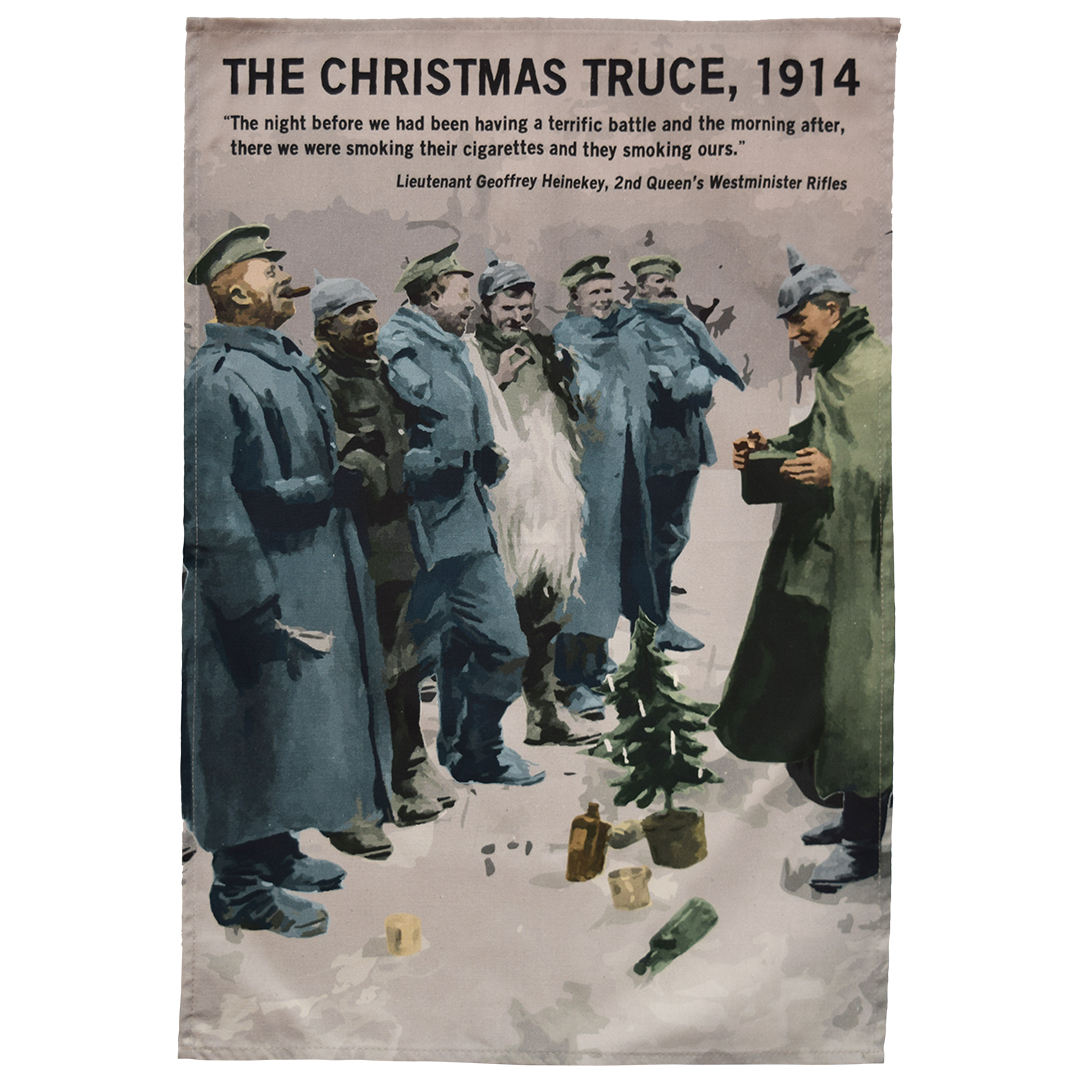Nothing in Life is to be Feared: The Story of Marie Curie
Posted by Pete on 7th Nov 2022

The life and work of one of the twentieth century's most famous scientists
“Nothing in life is to be feared, it is only to be understood. Now is the time to understand more, so that we may fear less.”
Maria Salomea Sklodowska was born on this day in 1867.
She was the fifth and youngest child of two teachers, and she grew up in Warsaw, Poland – which was then still a part of the Russian Empire.
Now if you think you’ve never heard of Maria Salomea Sklodowska before, don’t worry. Maria became Marie after moving to France in 1891, and she took her husband Pierre’s surname when they married in 1895.
Famous for her astonishing achievements in pioneering scientific research, her name is now known across the world: the one and only Marie Curie.
Born in Poland, Marie Curie moved to Paris in 1891 and went on to become one of the leading experts in the science of radiation
Click to view our Marie Curie tea towel
Curie’s life is a story of firsts. She was the first person to win a Nobel Prize in two different fields – first Physics, and then Chemistry.
She was also the first woman to win a Nobel Prize, and the only woman to have won a Nobel Prize twice.
And she achieved all this in spite of layer upon layer of social obstacles: being a woman in science, being a foreigner in France, even being a Polish woman in Poland.
When Maria was born, Poland had long since been carved up by the Russian and German empires. She grew up under Tsarist autocracy.
But the Poles were defiant. There had been a series of Polish uprisings since the 1790s, fighting for national independence.
The Polish patriot movement was the main cause celebre of European radicalism in the nineteenth century, standing up to Russian imperialism. Thinkers and activists like Karl Marx and the 1848 Revolutionaries in France were big fans.
In Warsaw, Maria’s family had been persecuted for their support of these movements.
The Russian regime was particularly harsh for women, who were banned from attending university.
But the scientifically-minded Maria was undeterred.
Marie Curie isn't the only scientist in our radical collection: we also recently released a new Alexander Fleming tea towel!
Click to view our Alexander Fleming tea towel
She attended the so-called ‘Flying University’ in Warsaw, an underground institution run mostly by socialist and liberal radicals, set up to provide education to women in Tsarist Poland.
In 1891, Maria was able to move to Paris and enrol in the University there. By 1893, just two years later, she had a degree in physics.
It was in Paris that she met the physicist Pierre Curie, and they married in 1895.
It was a loving marriage, and a scientifically rich one. Marie and Pierre were close collaborators, and they shared the 1903 Nobel Prize in Physics for their research on “radioactivity”, a term Marie herself had coined.
She had become a big deal in French and world academia, but Marie never forgot her beleaguered homeland.
She raised her two daughters to speak Polish, often visiting the country. She’d likely have moved back to Poland had the scientific authorities there not refused to offer her a job on sexist grounds.
But life in France wasn’t always easy, either.
During the First World War, Curie supported the Allied war effort by treating soldiers on the front
Click to view our Christmas Truce tea towel
On the face of it, Marie Curie should’ve been welcome in France. Since the French Revolution, France had been a supporter of Polish independence, and Curie was winning acclaim for French science.
But this wasn’t enough to hold off xenophobia.
In 1911, when she was suggested for membership of the French Academy of Sciences, the right-wing press launched an attack campaign.
Whipping up anti-Semitism in the country, it was claimed that Curie was Jewish, and undeserving of French honours.
When it came out that year that, after Pierre’s death in 1906, Marie had been in a relationship with another married physicist, misogyny was added to the barrage. She was denounced as a foreign homewrecker.
The racist and sexist campaign against Curie kept her out of the Academy – it wasn’t until 1962 that they had their first woman member.
But it didn’t stop her winning a second Nobel Prize in 1911, this time for Chemistry, having discovered the elements radium and polonium – the latter named after her homeland.
Despite her mistreatment by many in France, Curie made a huge effort to support the country’s struggle in World War 1.
She redirected her work in radiology to helping the Red Cross, organising a unit of mobile x-ray vans – “petites Curies” – to operate on the wounded near the Front. By the end of the war, over a million soldiers had been treated.
Curie continued her research into radium and radiology after the war, building up an Institute in Paris.
Through the new League of Nations, she also worked to promote international scientific cooperation with other leading intellectuals, including Einstein.
Then, in 1934, Curie died aged 66. It was in large part due to unprotected exposure to radiation during her humanitarian work in WW1.
Despite the misogyny and xenophobia she faced, Marie Curie became one of the greatest scientists in human history.
That’s why we’re celebrating her on our new tea towel – here’s to Marie Curie!



